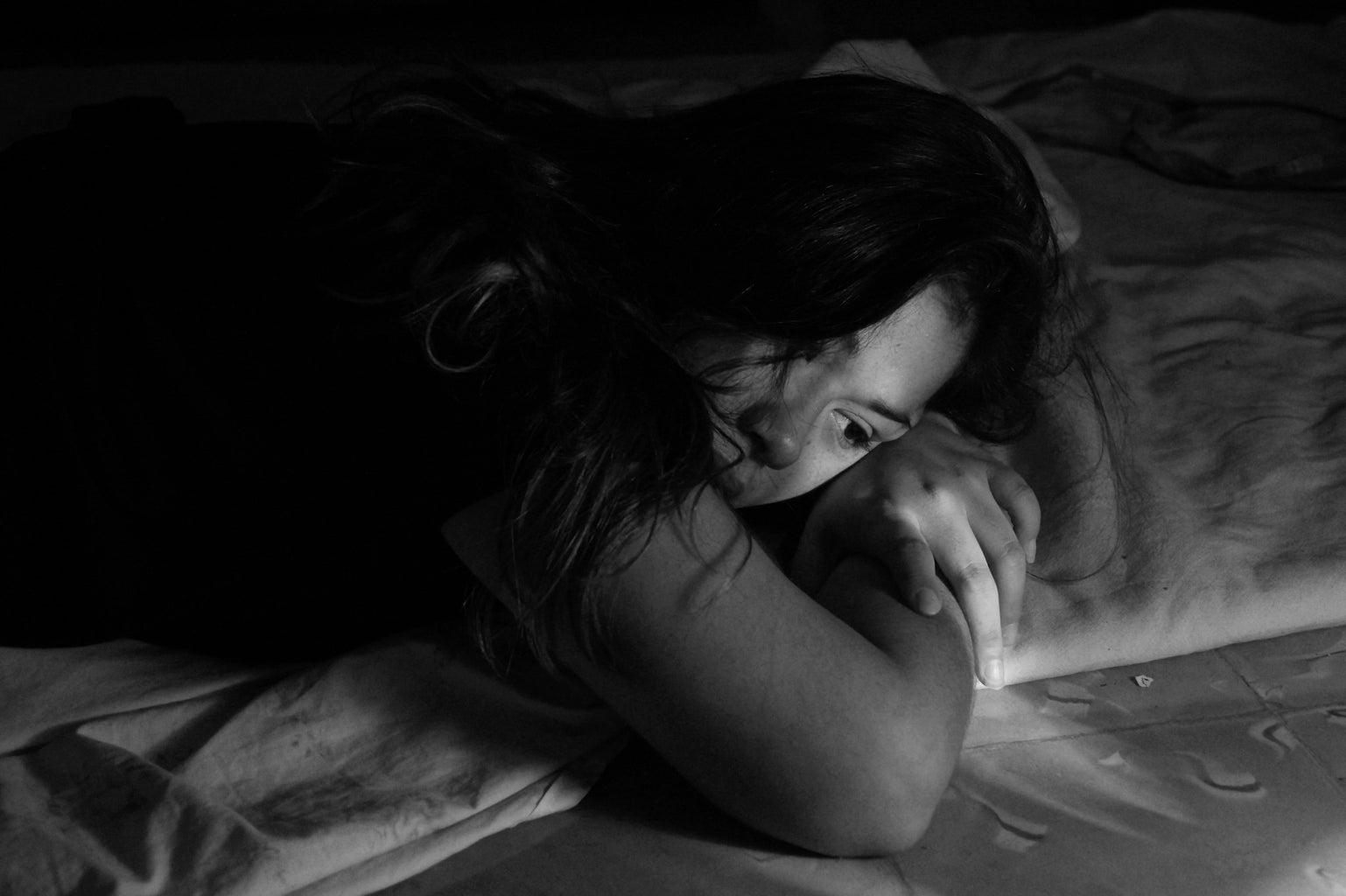A Little Life by Hanya Yanagihara is a novel that circulated BookTok in recent years. This is where I discovered it. The book has gained a reputation for being devastating and provoking a wide range of emotions from readers. I picked up this book partially out of curiosity and partially as a challenge to see if I was able to withhold that reaction. Spoiler: I wasn’t. After having read and endured the novel, I will review it with a section-by-section breakdown, so that those contemplating the read have a sense of what they are getting into.
While not explicitly discussed in this article, if you close to read the book, I am going to give aContent Warning: This book discusses topics of self-harm/mutilation, grief, child sexual and physical abuse, domestic violence, rape, eating disorders, ableism, and suicide.
The novel does an incredible job of characterizing and creating fully-fledged individuals. The book is broken down into seven parts, detailing the lives of a group of four friends beginning in their college years and following them into their 50s. The level of intimacy and detail in this book is stunning. It is by far the best book I have ever read. You truly feel like you know and love these characters, making the tragedies even more gut-wrenching. When this book becomes emotional, it reaches new levels of sadness and tragedy, partly because it is so real. The content of this book is extremely hard to read at times and it only continues as the book progresses. Although this book is masterful in every way, I would not recommend reading it unless you are truly prepared for all possibilities of what is to come. Prior to reading the book, I believed I was emotionally prepared and that I had some idea of where the novel would head. However, I was in a constant state of shock. Even after finishing the book, I sometimes still think about it and feel a sense of immense sadness.
Lispenard Street
This section throws a lot of information at you, giving a background to each of the main characters: Jude, Willem, JB and Malcolm. The character descriptions really help set up your understanding of the motives and thoughts behind each character’s actions moving forward. One thing I had trouble with initially was following whose perspective the story was being told from, since it is not explicitly labelled at first and switches frequently. Once you understand the character and get comfortable with the writing style, it is an enjoyable and smooth read.
The Postman
These chapters explore the main character, Jude St-Francis, more in-depth, along with his relationships with other characters. Jude’s character is the source of a large portion of trauma in the novel, with these chapters reflecting on parts of his childhood. This section largely feels like the calm before the storm, contrasting Jude’s past with some much-needed heartfelt moments.
Vanities
Character Willem Ragnarsson becomes a larger focus in this section as we learn about his past and perspective on his friendship with Jude. One of my favourite parts of this novel is understanding why each section is named what it is, and that moment when it is explained feels like a click in your brain—with vanities being significant to Willem and the postman to Jude. It is heartbreaking to see Willem struggle in his attempts to look after Jude and his wellbeing, begging the question: how can you help someone who does not want to be helped? The answer is given in this book: unless they want to change, you can’t change them… but you can try.
The Axiom of Equality
At this point in the novel, I began carefully choosing when I would read the following chapters in anticipation that my eyes would be swollen from sadness the next day. This section of the book is the halfway point to the novel’s completion, leaving you to wonder, how could it get any worse? At this point, it may be necessary to take it one chapter at a time as we continue to learn the gruesome details of Jude’s past.
The Happy Years
Going into “The Happy Years” I had assumed that it was going to be anything but, yet somehow, I was still shocked. For the most part, these were the happy years in Jude’s life, which is devastating considering how unpleasant and traumatizing they would be for the average person. This section desensitizes you slightly by overlooking the hardships Jude continues to face, appearing bittersweet to see glimpses of the life he never dreamed he could have.
Dear Comrade
Reading this section, I was gasping for air through the tears. It is difficult to describe this section other than it being incredibly hard to read. The emotions and experiences in these chapters are indescribable. The descriptive text in the chapter makes the content feel incredibly real and it brings to light that the situations in the book are a reality for some people. This section really made me reflect on the relationships in my own life and their devastating fragility.
Lispenard Street
With this being the smallest chapter, I believed there were no more emotions I could have felt to worsen the sadness (and headache from sobbing) that I felt… once again I was wrong. This is the most brutal end to a book I’ve ever read, yet it makes perfect sense. This beautifully horrible novel was a rollercoaster to experience and left me feeling appreciative of all else. Before this, I was aware that I had a variety of privileges in life ranging in scale, but this book made me hyperaware and appreciative of the small moments. While this novel does not diminish the pains experienced in the lives of the reader, it surely puts things into perspective.






